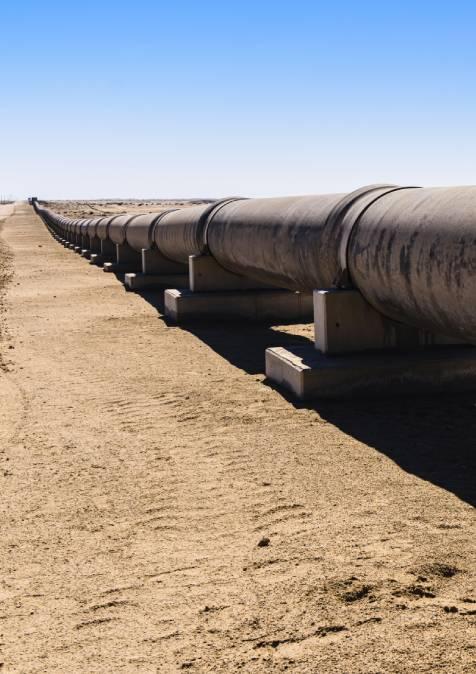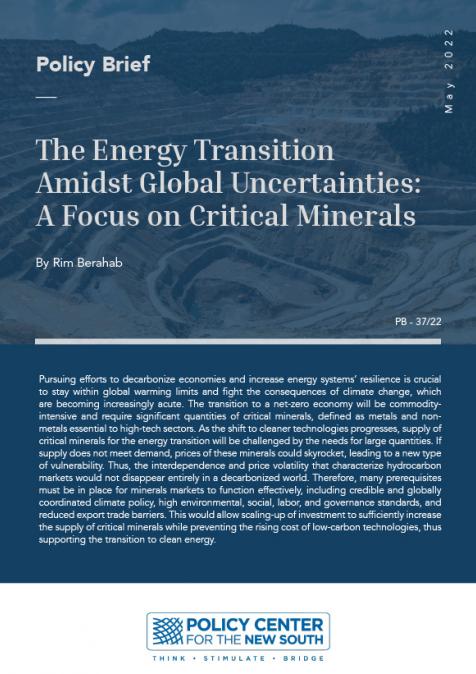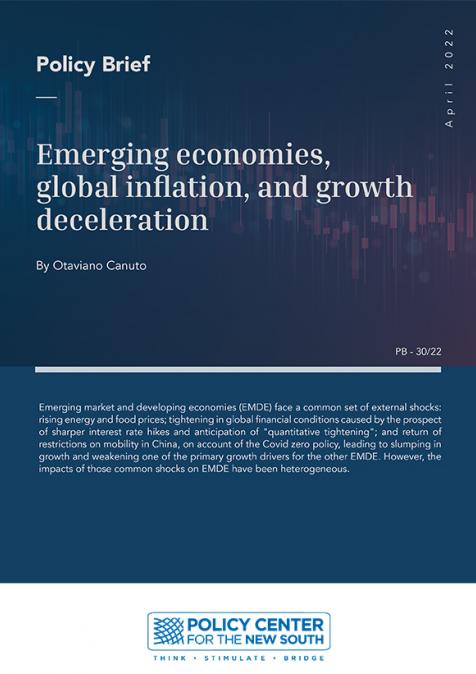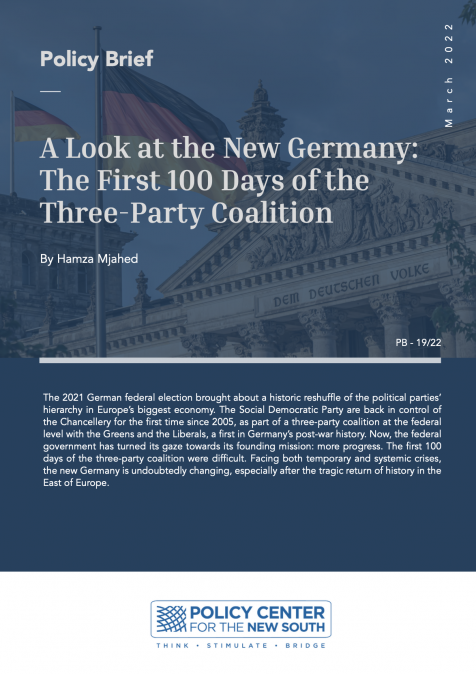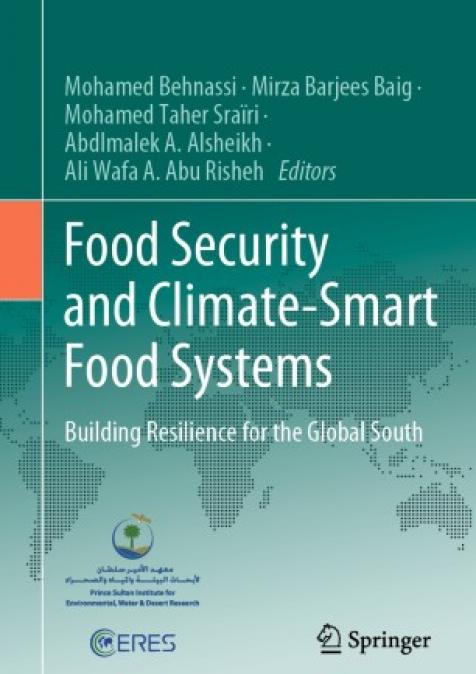Podcasts
La transformation numérique des réseaux électriques en Afrique
11
June
2020
Related topics:
Hugo Le Picard, chercheur au Centre Énergie et Climat de l’Ifri, présente un état des lieux de la filière électrique et la digitalisation du secteur en Afrique subsaharienne. Le développement rapide du secteur des télécommunications dans la région a permis la transformation digitale qui aujourd’hui touche tous les segments de la chaîne de valeur du secteur électrique. Hugo Le Picard affirme que si bien ces bouleversements offrent de nombreuses opportunités pour le développement du continent, ils peuvent aussi présenter une menace s’ils ne sont pas correctement appréhendés.

